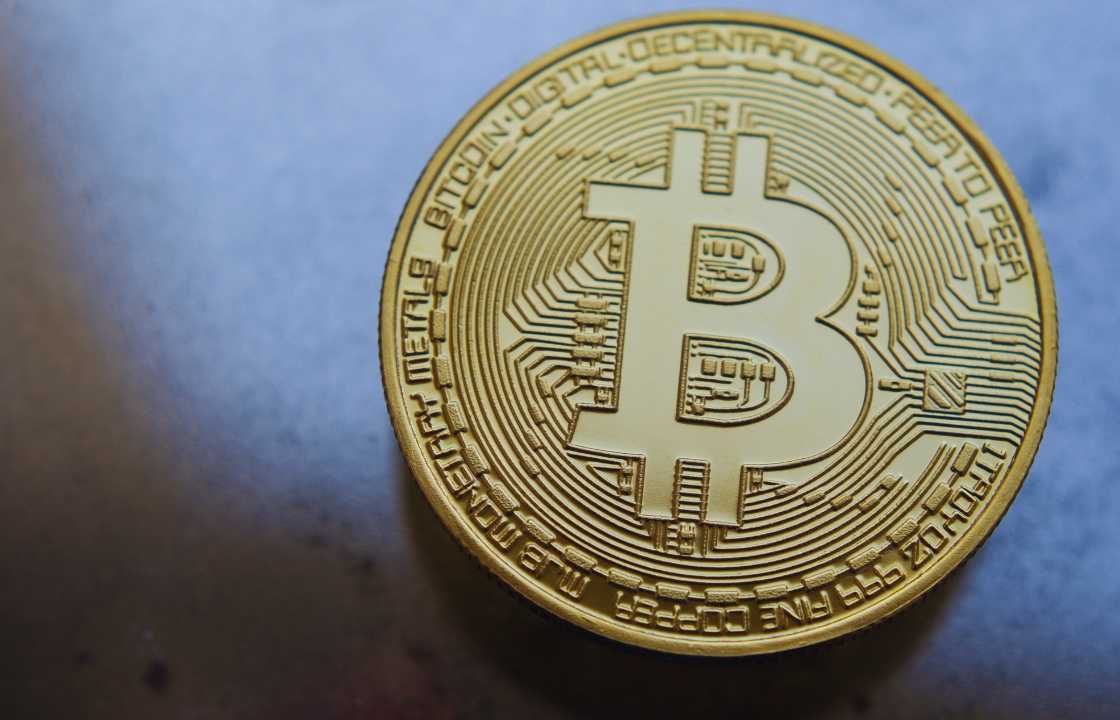Year-to-date highs were recorded in U.S. stock markets as the Federal Reserve held off on rate increases. In other news, Binance.US and the SEC came to an agreement. However, despite these positive financial indicators, Bitcoin investors remain somewhat hesitant.
Bitcoin managed to recover 6.5% after briefly dropping to the $25,000 support level on June 15. While it did manage to keep its head above the critical $26,300 level, the overall mood in the market is mildly pessimistic, given the 12.7% dip in Bitcoin’s value over the past two months.
A contributing factor to the slight uptick in investor sentiment could be the recent judicial decision by Judge Amy Berman Jackson of the United States district court. The judge dismissed the temporary restraining order on Binance.US, and on June 16, the exchange reportedly settled matters with the U.S. Securities and Exchange Commission (SEC), thereby preventing the freezing of its assets.
However, the larger regulatory landscape has posed significant challenges for cryptocurrency prices. The SEC’s unilateral attempts to classify certain altcoins as securities and its ongoing litigations with leading global exchanges have exerted considerable downward pressure. Further complicating matters, the European Union enacted the Markets in Crypto-Assets (MiCA) regulations on May 31, compelling crypto businesses to comply with MiCA’s stipulations within a defined timeframe.
Interestingly, despite Bitcoin’s tepid performance, the S&P 500 Index hit a 14-month high on June 16. However, even this recovery may face hurdles. Strategists at JPMorgan forecast pressure on the rally in the second half of 2023 if growth plateaus.
Going forward, investors’ attention will be fixed on the U.S. central bank. Federal Reserve Chair Jay Powell’s upcoming testimonies before the House Financial Services Committee on June 21 and the Senate Banking Committee on June 22 are anticipated to have significant market implications.
To gain deeper insights into the trading trends of professionals amid a somewhat uncertain macroeconomic outlook, it is beneficial to study Bitcoin derivatives metrics.
Bitcoin Margin and Futures: A Mild Leaning Towards Leveraged Long Positions
Margin markets offer a glimpse into the professional trader’s strategy by allowing investors to borrow cryptocurrency to enhance their positions. For instance, OKX reveals a margin lending indicator based on the stablecoin/BTC ratio, reflecting either a bullish or bearish position.
The chart suggests a decline in the margin-lending ratio since June 10 at OKX, indicating the end of the period dominated by long positions. The current 23:1 ratio, which still leans in favor of bulls, is nearly at a five-week low.
Looking at the Bitcoin futures long-to-short metric, we can exclude the factors that may have only influenced the margin markets. Monitoring changes rather than absolute figures is essential due to occasional differences in methods between exchanges.
On June 15, as Bitcoin prices hit a three-month low of $24,800, top traders at OKX significantly reduced their short positions. However, they soon adjusted their stance, bringing the ratio back to a 0.80 level, which aligns with the two-week average. Binance, on the other hand, saw a reduction in the long-to-short ratio to 1.18 on June 15, but it soon climbed back to 1.25 as traders added long positions.
Bitcoin’s Limited Upside Despite Resilience in Derivative Metrics
In summary, Bitcoin bulls appear hesitant to leverage long positions in the margin and futures markets. Despite the Fed’s halt on interest rate hikes directing investors’ focus back to the stock market and bolstering the corporate earnings outlook, Bitcoin’s momentum has been stymied. Even with extreme regulatory pressures, Bitcoin derivative metrics do not indicate professional traders adopting a bearish position. Nevertheless, the strengthening 20-day resistance at $27,500, which currently caps Bitcoin’s short-term upside to just 3.8%, suggests that bears hold the advantage for now.

